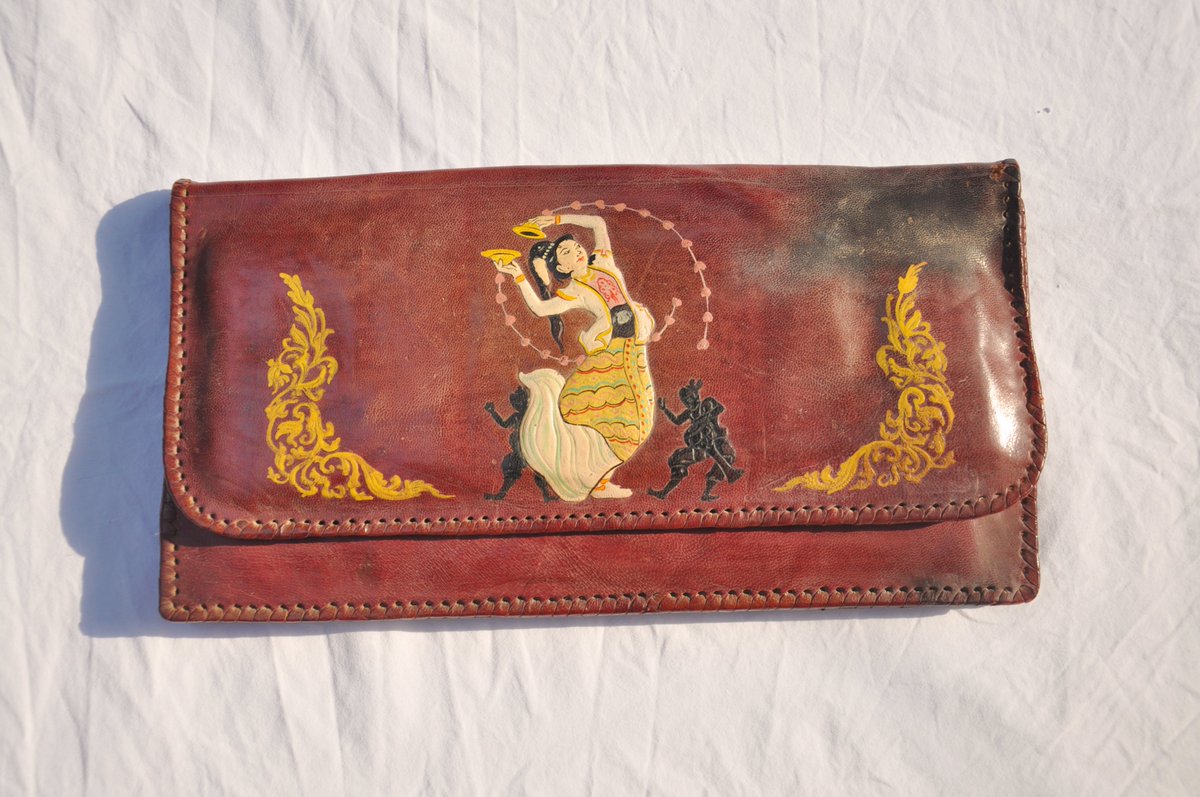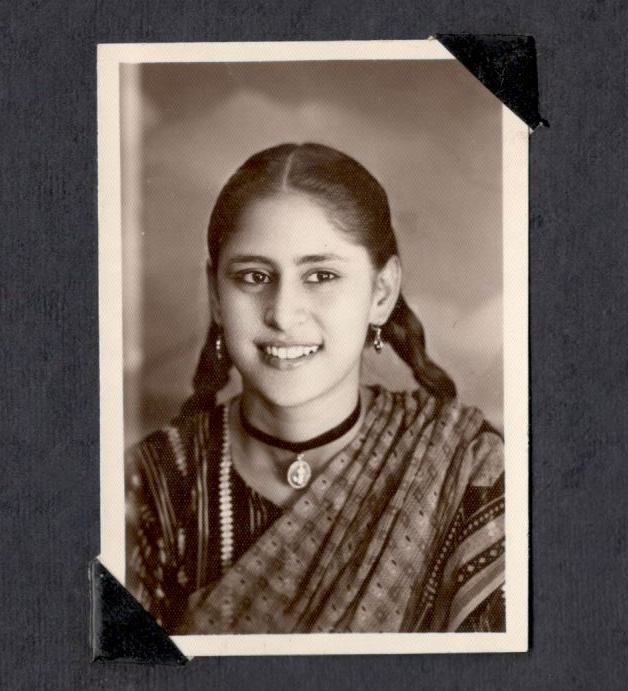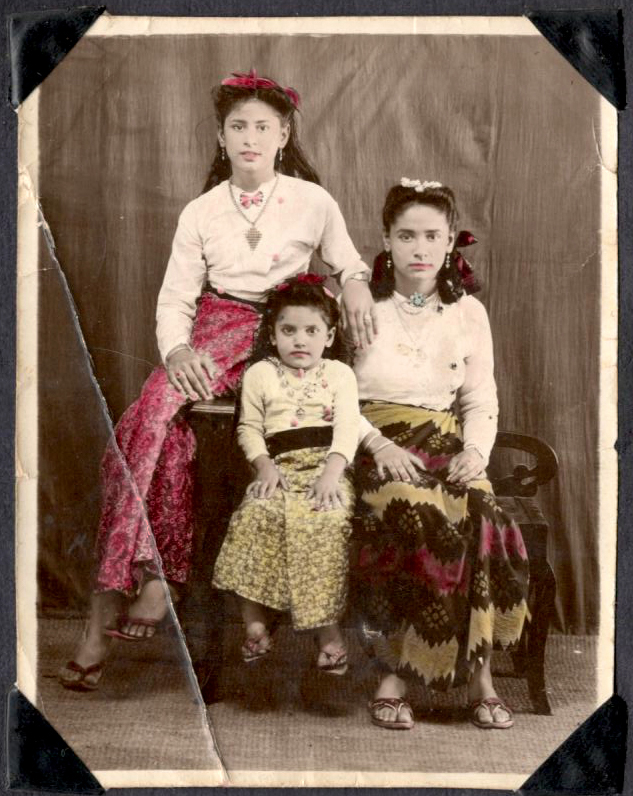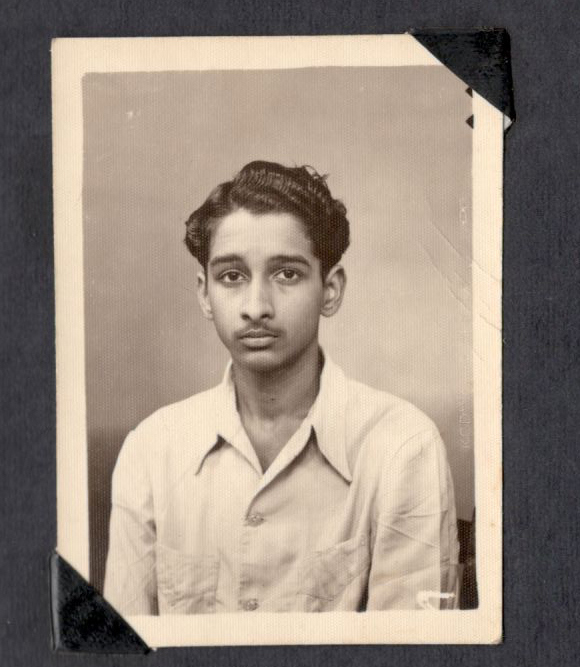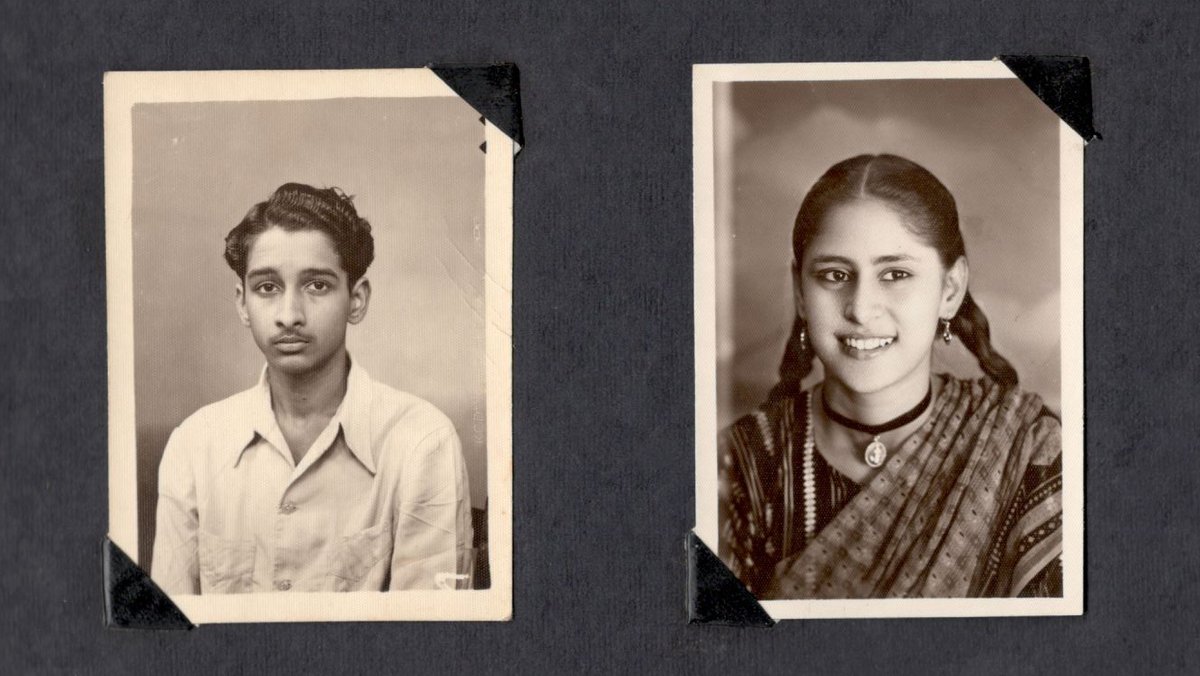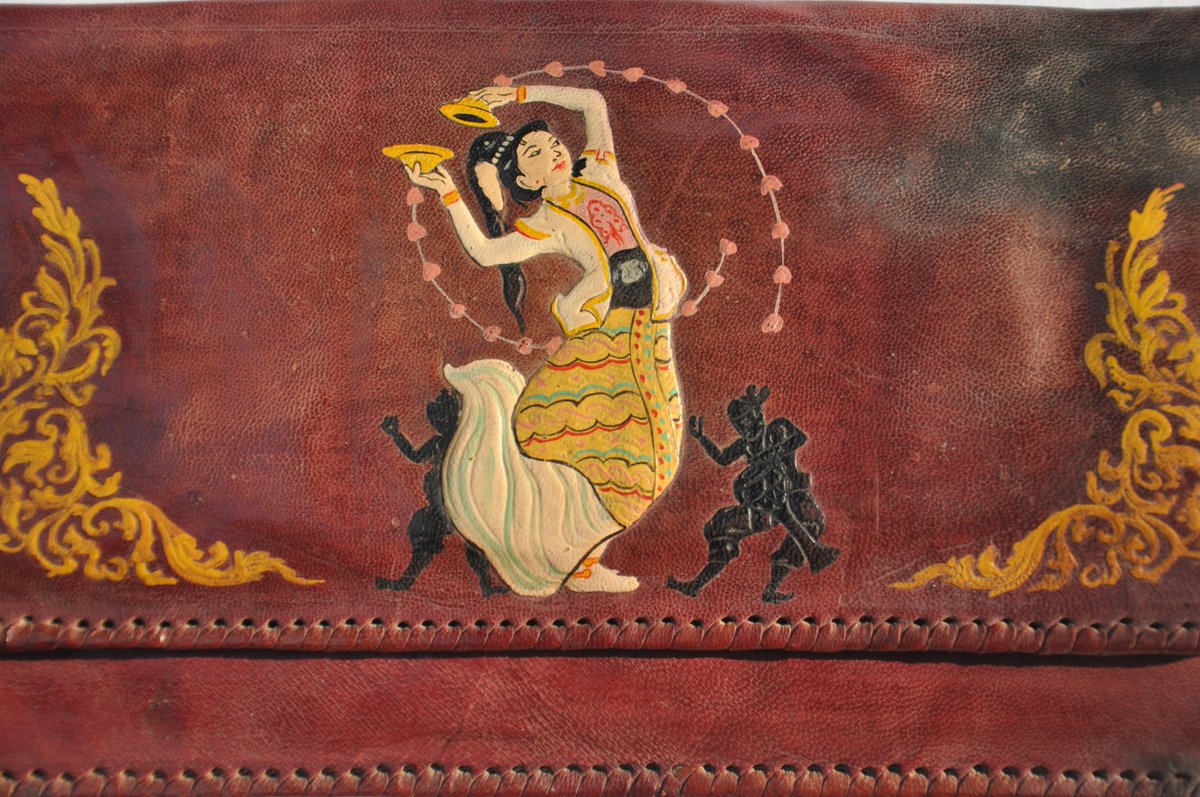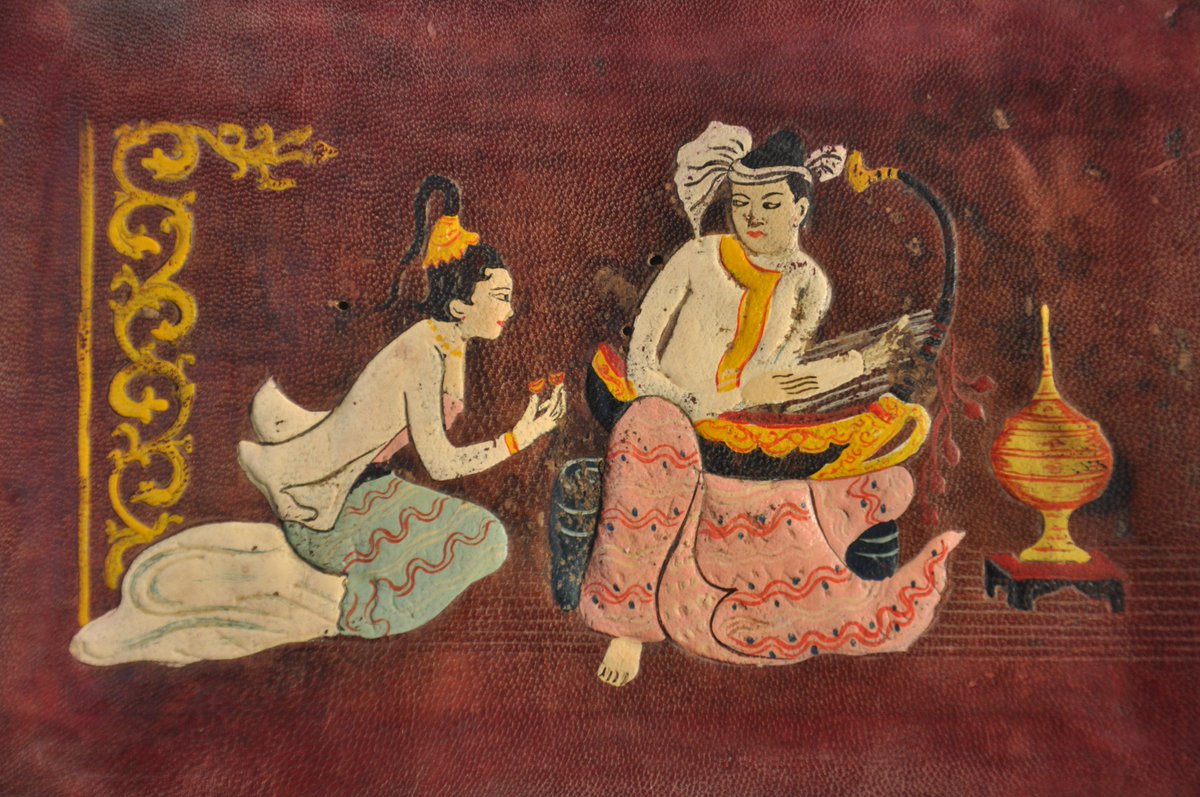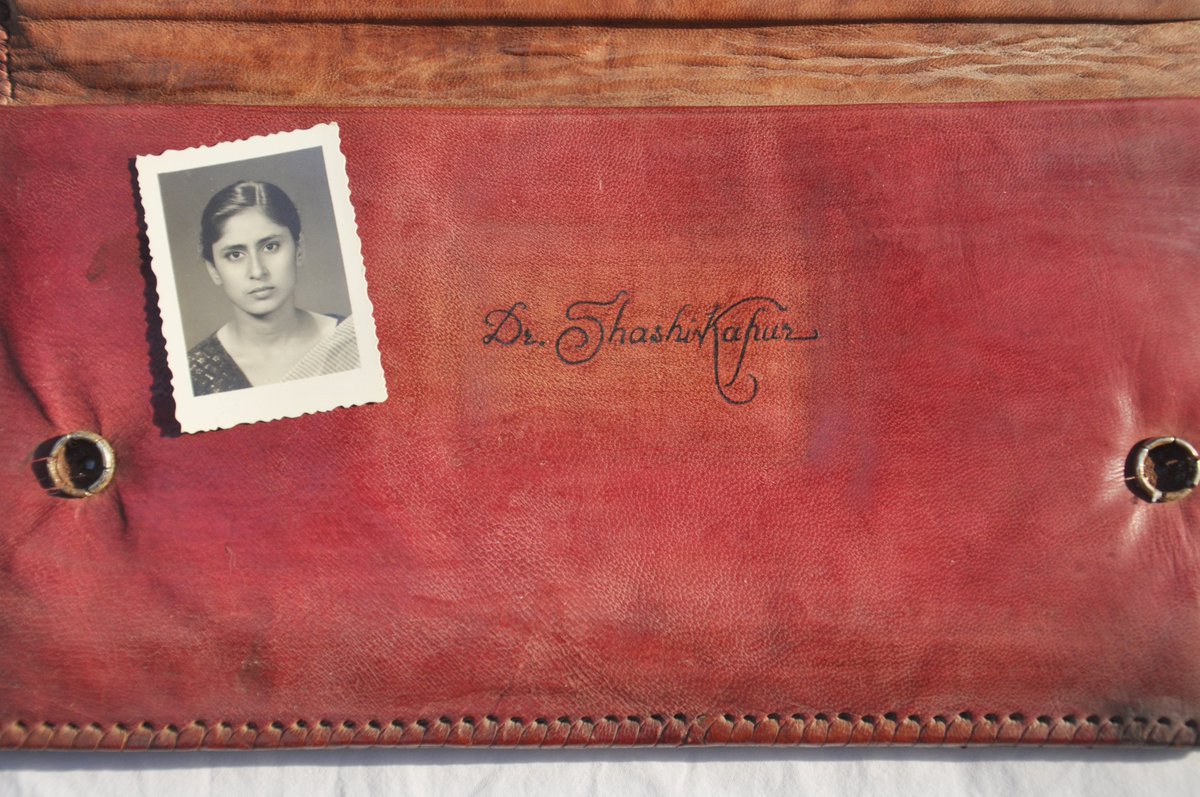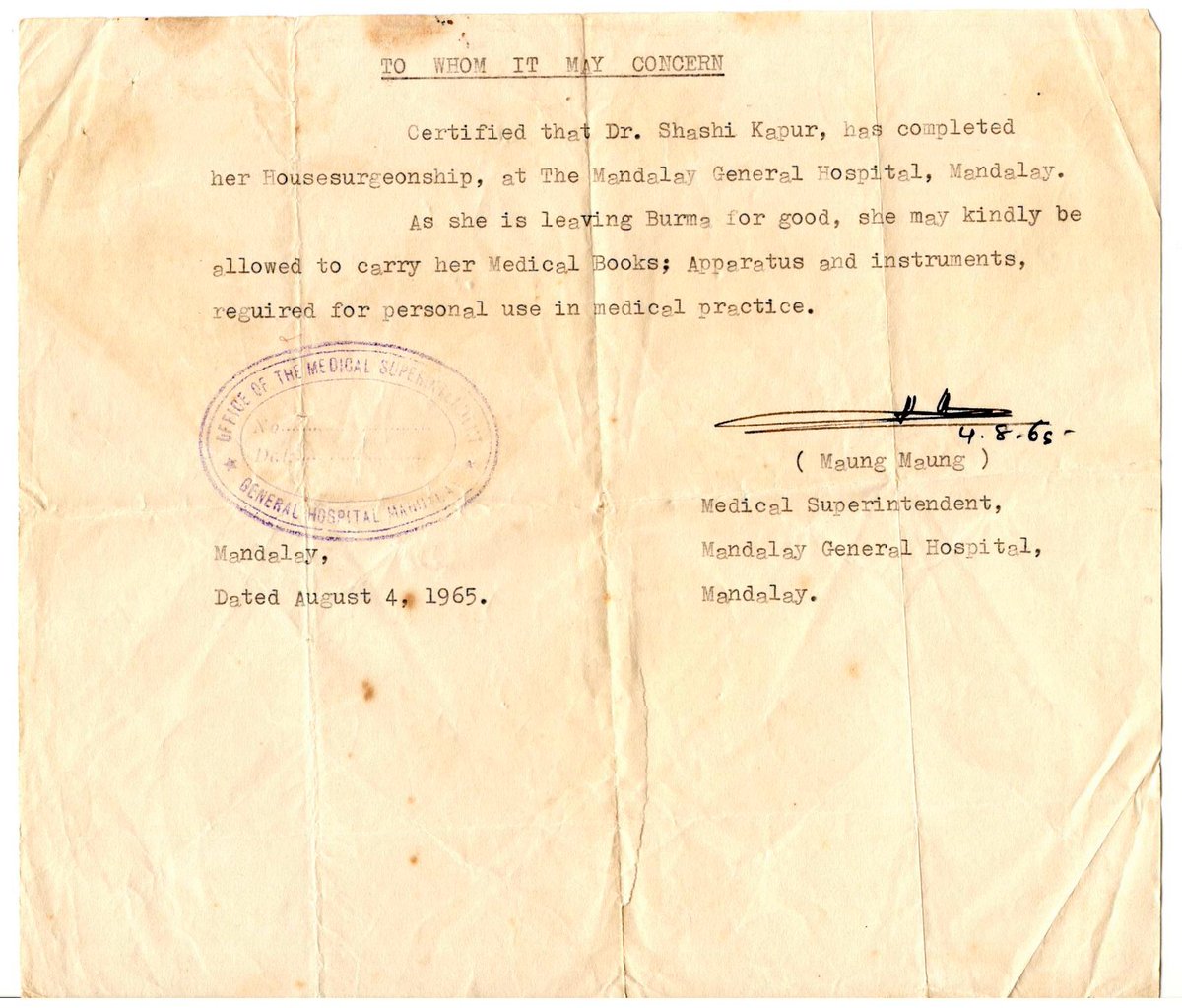This week, on the #MuseumOfMaterialMemory, @DevyaniGupta15 writes about her grandmother& #39;s life across India, Pakistan & Myanmar, ravaged by Japanese invasion of Burma in 1943, Partition of 1947, & martial law in Burma in 1946, through a leather purse handcrafted in Mandalay
@DevyaniGupta15& #39;s grandmother, Shashi Kapur, was born in 1939 in Lamine, Mandalay to Bodhraj Kapur, an Irrigation Engineer sent to Burmaby the British Govt, and Kesari Devi Kapur, a housewife tasked with bringing up five sons and two daughters in a foreign culture away from home.
The first time the family was forced to flee was 1943 during the Japanese occupation. They set out on foot towards India, arriving in Wagah after months. The posting after in Lahore, and the family was happy to be back home, living on Babiyan wali galli, in the old walled city.
This joy of homecoming was short-lived, for her father was soon sent back to Mandalay by the govt, while the family stayed back in Lahore. Then came Partition in 1947, and they all returned to Mandalay. Here is Shashi Kapur with her niece in traditional Burmese outfits.
@DevyaniGupta15 writes that her grandmother attended the Anglo-Vernacular St. Xavier’s school where she was given a Burmese name – Yi Yi Win. And though at home they still spoke Punjabi, it was Burmese that came instinctively to her
In 1959, she decided to study to be a doctor. In a class of forty students, she would be one of eight women, and the only Indian; of the remaining female students, six were Burmese and one was Burmese-Indian.
It was here during the first day admission, that she met a young man, her senior in Mandalay Medical College, named Chandrakant Singhal. He would become my nana. He was the son of a medical doctor in the army, Capt. Dr. Hans Raj Singhal who was transferred from Bombay.
The passport-sized photos of Chandrakant and Sashi from their high school days. They went to different schools, but met in Mandalay Medical College in 1959 @DevyaniGupta15
It was sometime around this time in 1960, that my nani placed an order with a leather worker in Mandalay for a bespoke, handcrafted leather purse, writes @DevyaniGupta15.
With traditional Burmese-style hand-painted figures: a dancing girl with cymbals accompanied by smaller figures playing goblet drums called ozi on the front, and on the back, a colourful rendition of musicians playing smaller finger-cymbals and a saung, the Burmese harp
In a confidently optimistic move, this young woman who had then just enrolled as a student in the Mandalay Medical College, made a request to have her name engraved in beautiful lettering on the inner flap, complete with the title yet to be earned: Dr. Shashi Kapur.
It is a perfect depiction of her life then – a cosmopolitan woman thoroughly immersed in the culture and traditions of Burma, poised to become a doctor at a time when it was a rare profession for women.
In a Bollywood-like development, Shashi and Chandrakant fell in love over chemistry lessons, married but were separated in 1964, with Burma under Martial Law. Chandrakant moved to Bombay, Shashi remained in Mandalay, caught in the middle of her internship. She joined him in 1965.
To read more about Shashi, Chandrakant and the handmade Burmese purse, here is the full piece by @devyangupta15, riffing off of Kipling, aptly entitled & #39;On the Road to Mandalay& #39; http://www.museumofmaterialmemory.com/on-the-road-to-mandalay/">https://www.museumofmaterialmemory.com/on-the-ro...

 Read on Twitter
Read on Twitter